Google ADs
STP Interview Questions for Preparations –
Note –You can Purchase Answers of all Below Cisco Wireless Interview Questions from Above in Easy to Understand PDF Format
- What is BID made up of in STP?
- What is the value of system ID in BID (Bridge ID)?
- What are Spanning Tree Protocol default timers?
- What single command will make Switch root for Vlan 10?
- RSTP provides a faster transition to the forwarding state on point-to-point links than STP does – Validate the statement?
- Which command enables RSTP on a switch? Which are two-port states when RSTP has converged?
- What is BPDU? What are the 2 types of BPDUs?
- At which layer of the OSI model is RSTP used to prevent loops?
- Is RSTP compatible with the original IEEE 802.1D STP?
- Which protocol is used by bridges and/or switches to prevent loops in a layer 2 network?
- Which switch would STP choose to become the root bridge in the selection process out of these 2 – (A) 32768: 11-22-33-44-66-55 (B) 32768: 22-11-33-55-66-77?
- What are different port states of STP? Arrange STP port states in chronological order?
- Which specifications will allow you to associate VLAN groups to STP instances so you can provide multiple forwarding paths for data traffic and enable load balancing?
- Explain different type of STP port roles?
- What is the destination mac address used for BPDUs?
- What is the major advantage of MSTP?
- How is Root Bridge selected?
- What is Root Port?
- What is the extended system ID?
- Which type of ports are configured under portfast?
- What is one benefit of PVST+ compared to PVST?
- STP uses the which criteria to decide whether to place a port in a Forwarding state or Blocking state?
- Does STP use which steps to select its paths?
- What is portfast in STP ?
- What is a port priority in STP?
- Which command will let you know about the cost of ports configured?
- Which port state is introduced by Rapid-PVST?
- What conditions cause an STP topology change? What effect does this have on STP and the network?
- A Root Bridge has been elected in a switched network. Suppose that a new switch is installed with a lower Bridge ID than the existing Root Bridge. What will happen?
- Suppose that a switch receives Configuration BPDUs on two of its ports. Both ports are assigned to the same VLAN. Each of the BPDUs announces Catalyst A as the Root Bridge. Can the switch use both of these ports as Root Ports? Why?
- What conditions can cause ports on a network’s Root Bridge to move into the Blocking state?
- What parameters can be tuned to influence the selection of a port as a Root or Designated Port?
- In a BPDU, when can the Root Bridge ID have the same value as the Sender Bridge ID?
- Using the default STP timers, how long does it take for a port to move from the Blocking state to the Forwarding state?
- Over what VLANs does the CST run?
- What happens to BPDU packet when STP is disabled on the port?
- Can STP be configured on a router?
- Is STP required to be configured when there is only one switch?
- Is an Ethernet frame modified when STP is configured on the network
- How many root bridges can be available on an STP configured network?
- If the priority value of the two switches are the same, which switch would be elected as the root bridge?
- Which mechanism is used to detect the unidirectional links failure and addressing bridging loops?
- If the Root Bridge sets the Topology Change flag in the BPDU, what must the other switches in the network do?
- How many root ports are there for each non-root bridge?
- Which STP version runs on cisco Switches?
- What is the difference between Root port and designated port?
- What is the function of BPDU Filter?
- If we want to disable STP on a port connected to a server, which command would you use?
- Can we use BPDU filter on trunk ports?
- One end of every link should be designated port. What 2 states can the other port be part of?
Order Answers of all 50 STP Interview Questions from Above!
Upon purchasing you will receive Answers of all above 50 STP Interview questions in easy to understand PDF Format explained with relevant Diagrams (where required) for better ease of understanding.
Other Related Articles – UTP vs STP

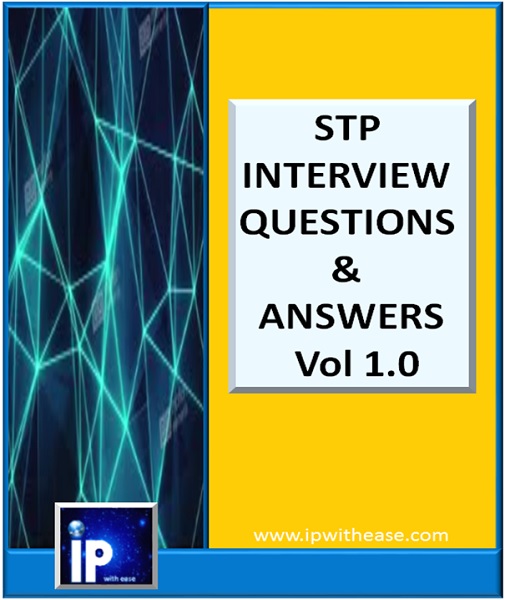
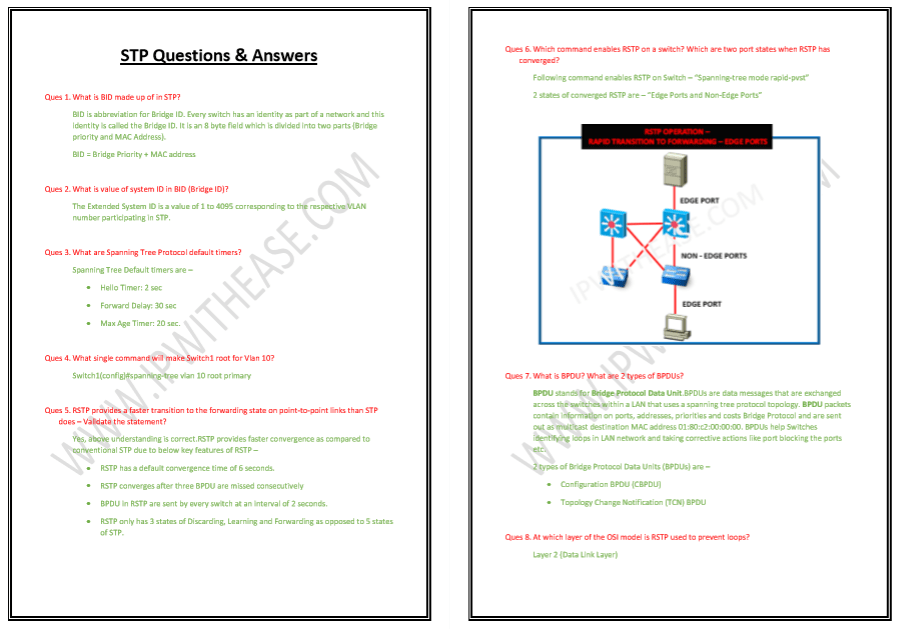

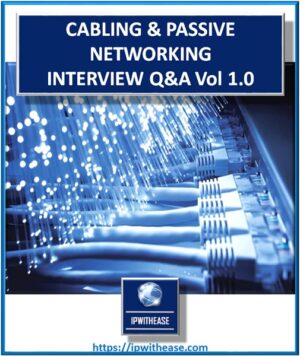

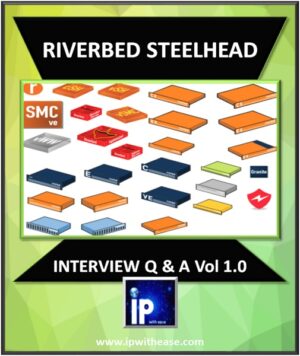
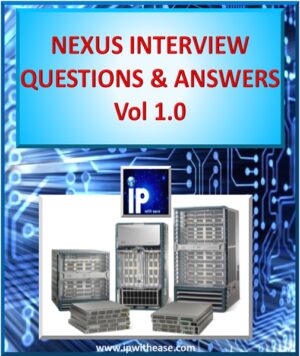
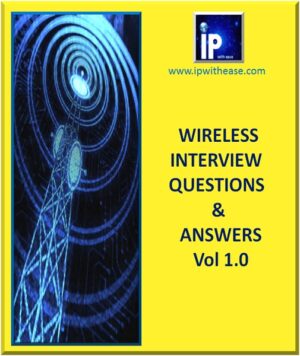
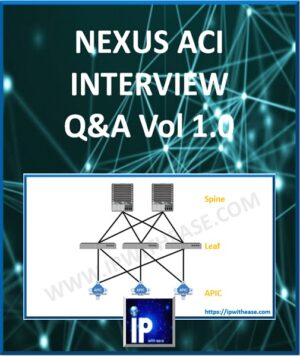

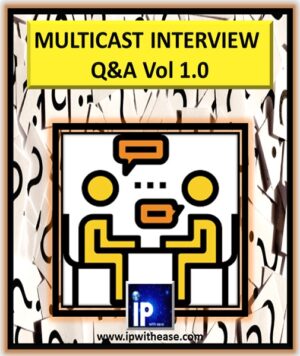


Reviews
There are no reviews yet.